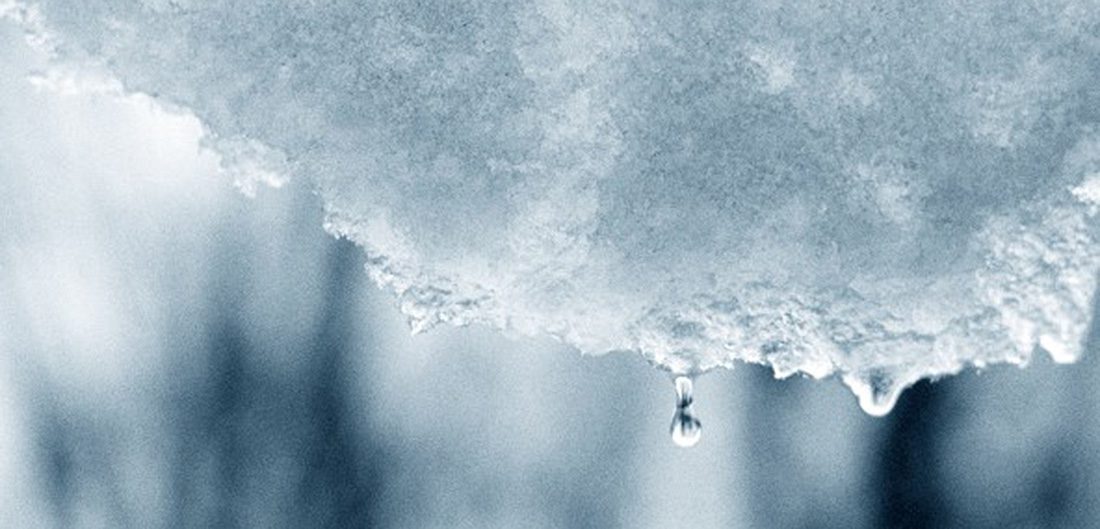You probably have an idea of how to winterize your home. (And if not, we can help you with that!)
However, it’s not always clear how to protect your home from melting snow that leaves slush, mud or water in its wake.
Melting snow can cause damage to foundations and personal property (both indoor and outdoor) if it’s ignored. If this sounds like something you’re not overly eager to experience, throw on your warmest winter gear and head outside to give your property some attention.
Not sure what to do? Here are some suggestions.
How to protect your home from melting snow
- Check your property for obstructions. Is there anything that might prevent melting snow from draining? Now’s the time to move it out of the way.
- Clear snow and debris from roof gutters so water can drain away. This can be dangerous, so make an honest assessment of how comfortable you are with home improvement projects before you ascend any ladders. Hire a handyman or contractor if you’re not up to the task. First time hiring someone to help? Read this list of tips for hiring a contractor.
Related: 5 Common Problems Caused by Clogged Gutters - Check downspouts and sump pumps. They should all drain away from the house.
- Grab your shovel. Shovel any excess snow away from downspouts, basement window wells and stairwells.
Related: Are you shoveling snow the wrong way? Find out. - Check the roof. Carefully brush heavy accumulations of snow and ice dams off the roof to avoid cave-ins.
- Hit the street. Clear your street storm sewer of debris and snow.
- Check outside pipes for leaks and damage.
- Pay attention to the forecast. You’ll want to know if there’s a flood warning. It also helps to know if rain is in the forecast – it often makes snow melt more quickly.
What should I do if water gets in, anyway?
If you do incur damage inside your home because of melting snow, it’s important to take quick action. Dry any wet building materials or items like carpeting, furniture, insulation and drywall to avoid mold, mildew and further damage.
Think you might file a water damage claim with your insurance company? If so, make sure to photograph or videotape your losses and/or compile a list of damaged and ruined items. It’s always best to report your claim ASAP.
A more long-term solution to protect your home from melting snow is to have a plumber or another specialized contractor professionally waterproof your basement. He or she can also install a sump pump if you don’t have one.
Still concerned about potential water damage to your home? Then consider talking with an insurance professional like a Miller’s Insurance Agent. He or she can tell you about affordable coverage options for water damage.
This article brought to you by our friends at Erie Insurance. Miller’s would like to extend it’s gratitude to Erie Insurance for both being a wonderful business ally and for letting us use the articles found on their blog, Eriesense.

